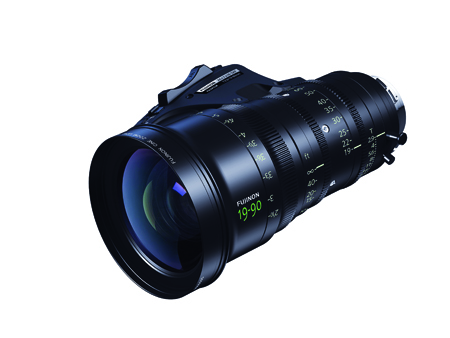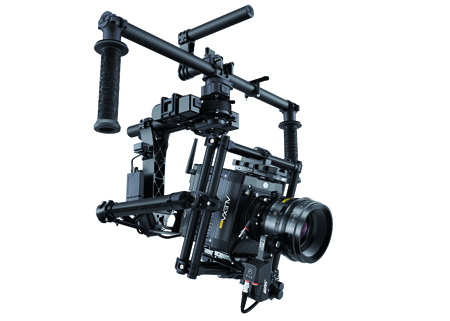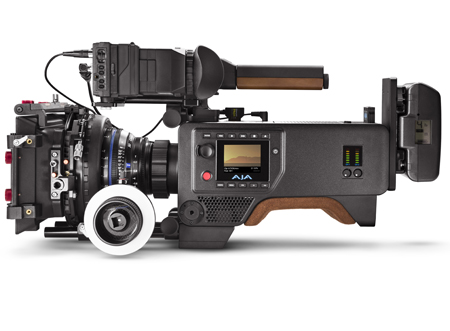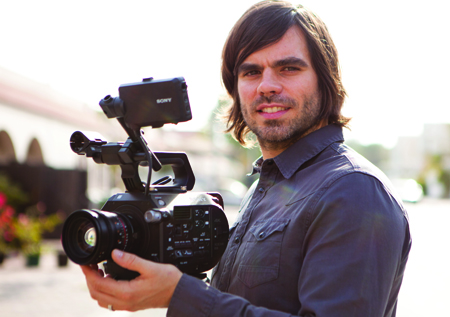Our resident DOP Harvey Glen takes the ARRI Amira on a road test and gives us the lowdown Over the summer, I was back in the UK, trying to escape the worst of the heat in the UAE. While there, I was lucky enough to be asked to shoot a factual documentary with long-term collaborator […]
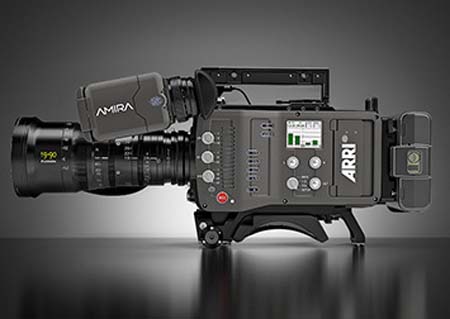 Our resident DOP Harvey Glen takes the ARRI Amira on a road test and gives us the lowdown
Our resident DOP Harvey Glen takes the ARRI Amira on a road test and gives us the lowdown
Over the summer, I was back in the UK, trying to escape the worst of the heat in the UAE. While there, I was lucky enough to be asked to shoot a factual documentary with long-term collaborator and friend director, Nat Sharman, for the BBC factual department.
The programme was all about how to stay young and avoid ageing, something I think I actually need after recently becoming a father.
The filming took place in LA and San Francisco. We decided to hire all of the equipment locally in LA, and the ARRI Amira was our camera of choice. I, like almost every DoP in the world, am a big fan of the ARRI Alexa and it is high on my requirement list for most TVCs I do in the Middle East.
The Amira offers very similar functions to the Alexa, but has been packaged by ARRI as their documentary or single-user camera. This was the first time I got to use it, and I must say I was excited. After all, the Alexa has replaced 35mm cameras in both the feature film and the TVC world. Even legendary cinematographer Roger Deakins shot Skyfall digitally. Now I was getting to shoot a factual show on the same equipment, which I found remarkable.
Unlike the Alexa, the Amira has the option to change the mount from PL, EF or B4. For many users, the opportunity to revive their expensive Canon J11 lenses will be very welcome.
We decided that EF was the best route for us due to budget requirements and the varying focal lengths required. I used a set of Zeiss CP2 primes and a Zeiss 24-80mm zoom, and took my old trusty Canon 70-200mm with a double for those super long-lens shots.
If I could have got hold of some Xeen PL mount lenses in time, I would have gone for a set of those, but due to the nature of the shoot I would have still needed a long zoom. With a PL mount, this wouldnt have been an easy solution to fit within a BBC factual budget.
We mounted a lightweight matte box and took some ND filters and a Pola. The Amira has a 35mm ARRI ALEV III CMOS (28.17×18.13) sensor. The resolution is 3414×2198: 3200×1800 (4K UHD) 2880×1620 (HD), 2868×1612 (2K); for monitoring with surround area, resolution is: 3168×1772 (HD), 3154×1764 (2K).
The Amira offers three licensing options: Amira, Advanced and Premium. The benefit of Premium is that it shoots 4K UHD and 200fps 3414×2198, 3200×1800 (4K UHD), 2880 x 1620 (HD), 2868×1612 (2K); for monitoring with surround area: 3168×1772 (HD), 3154×1764 (2K).
With Premium, you can also import 3D LUTS. The recording codecs for the Amira are Advanced Premium.
ARRI has purposely designed the Amira for the single user, so theres no dumb side menu for an assistant to work from. The menu is easily accessible in the viewfinder or via an external monitor.
The same custom functions are available in the two cameras, but not in the same places. Im a big fan of having LOG and REC 709 on one button, False Colour on another and Peaking on a third. Its a bit of a fumble on the Amira to easily find these when shooting, as they are all on the viewfinder. I reprogrammed the side of the camera to have them in a place you would find on the Alexa, which worked much better, and I could turn things on and off much more easily.
The ergonomics of the camera are pretty good. Its still a fair amount of weight to be carrying around for long handheld days, but you have to remember that you are shooting with arguably, the replacement of a 35mm film camera on a documentary show, so you dont really mind that and man up!
The body alone weighs 4kg compared to the Alexa, which is approximately 6kg, but all the accessories add up to what can easily be an additional 2-4kg.
On a normal Alexa shoot, an AC lifts the camera on and off your shoulder. On a documentary shoot, this is a rare luxury, and I think youd be looked at as a real diva if you even thought about it, let alone asked anyone
On this note, the shoulder pad could definitely be improved. Its very small and hard, which when youre shooting 12-hour days does start to dig into your skin, though this is easily remedied with a third-party shoulder pad or a bit of extra padding.
Unlike the Alexa, the Amira has built-in motorised ND filters, which are of high quality and very helpful when shooting fast, although there is a very big jump in stop: the NDs are 0.6, 1.2, 2.1.
This is my biggest qualm about the camera, as the difference from ND 1.2 to 2.1 is three physical stops of exposure T2.8 to T8. This is a big difference in the picture aesthetic due to depth of field. So its definitely worth carrying an ND .3 and .6 with you for one- or two-stop exposure changes. This is something ARRI could improve with their next model.
The viewfinder is of decent quality and you quickly get used to it. You can set Peaking to your preferred level to enable confident focusing. Without Peaking, judging focus is very hard with this viewfinder. Having an onboard monitor is incredibly useful.
The data is something to consider with a television programme, as youre normally shooting lots of interviews. Our camera assistant, Charlie, had his work cut out downloading on the go. We purposely shot mainly in 2K, to avoid too much data, and only used 4K for specific scenes. With a fast card reader and thunderbolt drives, you can get everything down pretty quickly.
The Amira has no RAW recording yet, although its rumoured that it has the technology for this, so maybe ARRI will bring out an additional RAW licence.
We shot all over LA, from the mean streets to an area known as blue zone where there are many centurions (people over 100 years old). Apparently the secret to living a long and healthy life is to eat a handful of nuts, particularly pecans, have a good body mass index, exercise and avoid meat for me, the last one is the hardest, but a handful of pecan nuts surely gave me some energy during our shoot.
In San Francisco, we had a few challenging situations where we had to shoot against a window, with the exterior around seven stops over. The Amira claims to have 14 stops of dynamic range, and I believe it almost achieves that.
With all the Amira licence options, you have access to REC 709; with the Premium, you can upload your own LUT. I find the REC 709 on the Amira to be a little over-saturated and with a lot of contrast, so I uploaded the one with a slightly less contrast. I find looking solely at LOG too flat and a little joyless; I like to get excited by colours, skies, the environment and the people Im photographing. Of course, its a good option to flick between your LUT and LOG so you know your footage is exposed correctly, but thats all I use it for.
With the Amira Premium, you can crank it to 200fps at HD or 2K resolution. This is awesome! Frame rates higher than 25fps often aren’t required in the documentary world, especially when youre filming lots of people over 100 years old, but who says this camera should be limited to the single-user world? You could quite happily use it for drama or TVCs.
In fact, while I was back in the UK, I did some operating for a very close DOP friend of mine on a big UK drama. As the owner of an Amira, he brought it on to the drama and it worked side by side with the Alexa and cut seamlessly.
Overall, I fell in love with the Amira its a great tool for almost any shoot. The ND filter jump is annoying, and on the drama I had the foresight to bring my own shoulder pad for the handheld scenes, but these two compromises are a small price to pay to have a digital 35mm camera that you could effectively describe as an Alexa dressed up slightly differently.
Harvey Glen is a Dubai-based cinematographer. He can be reached on www.harveyglen.com or dopblog.com.










































































